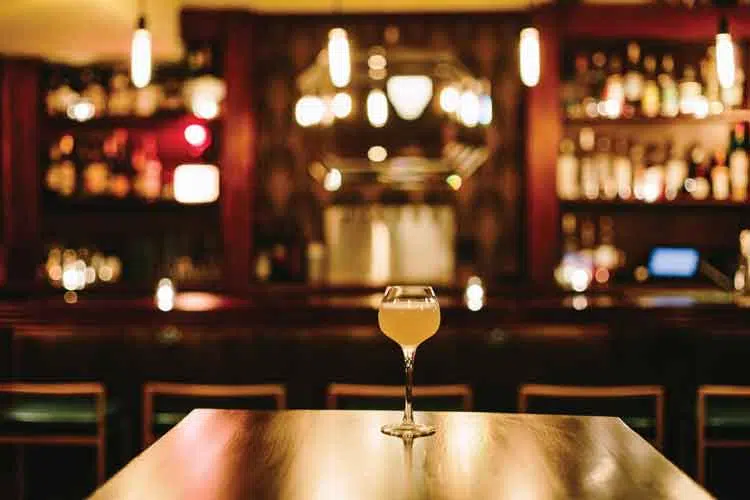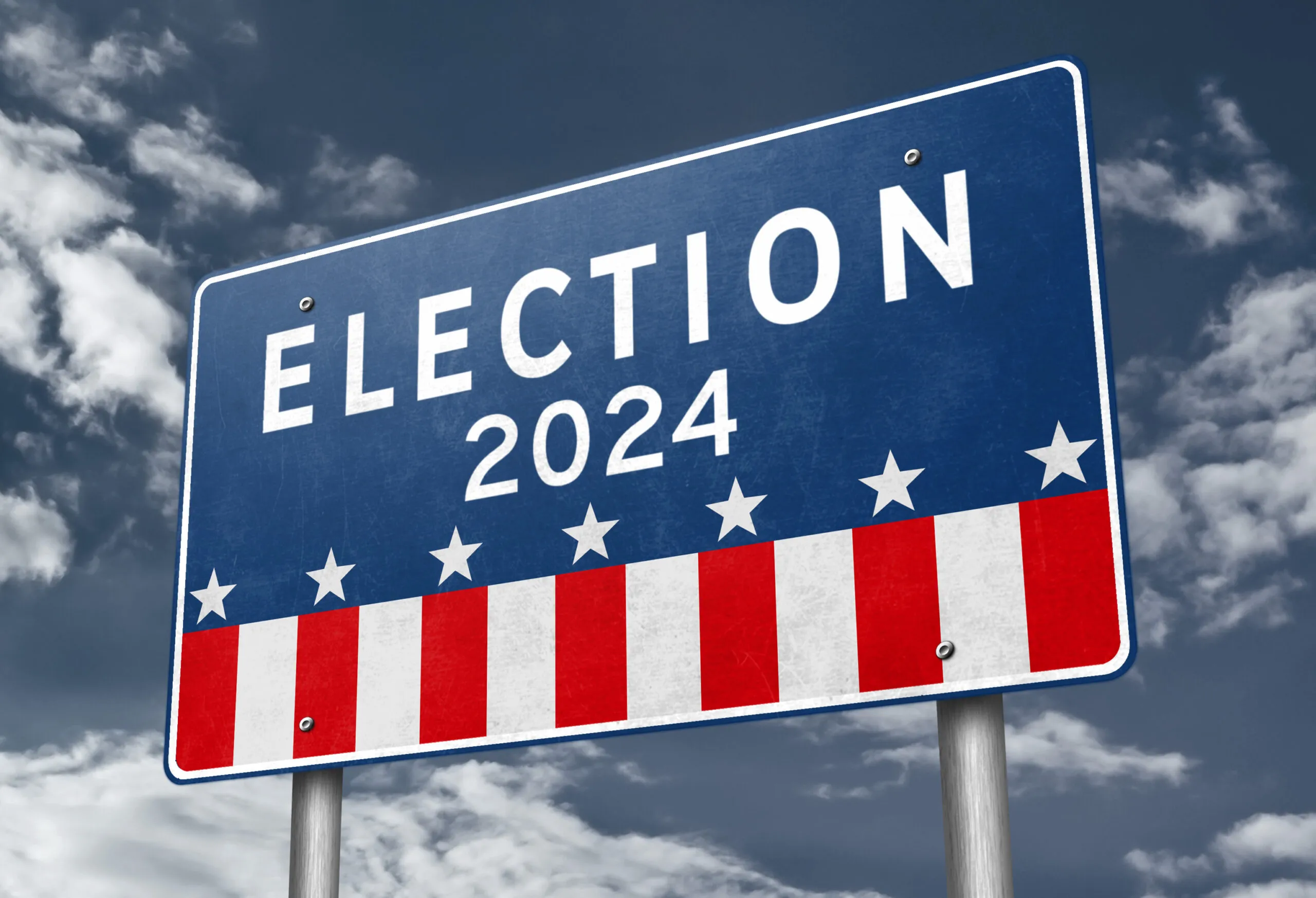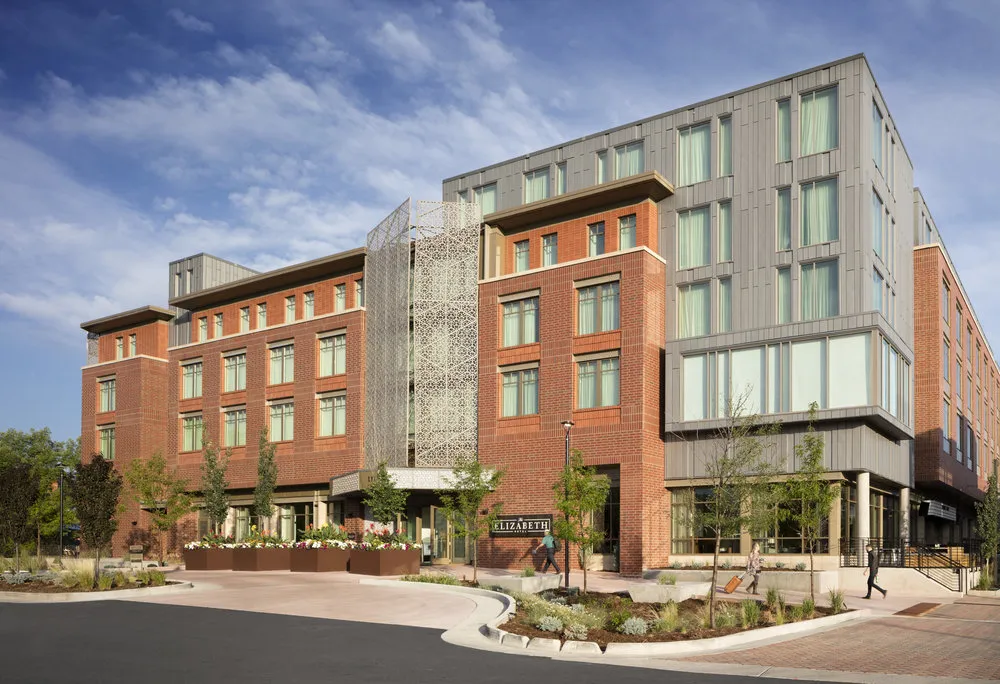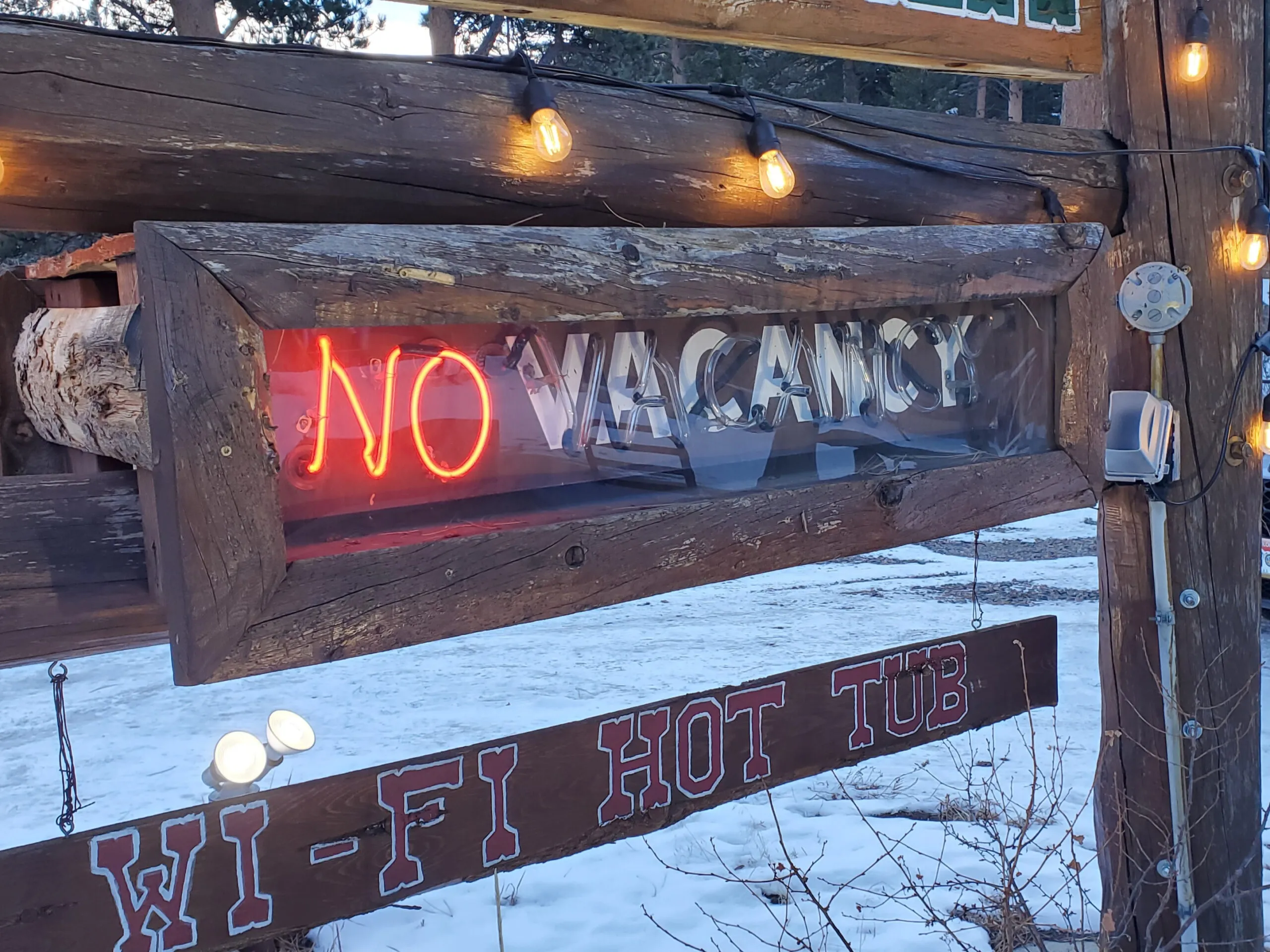Speakeasies rage through regional bar scene

Sarah Carrillo called her place the Speakeasy as a nod to the past, and maybe as a way to honor her grandmother, rather than following a new trend.
She chose the basement space in one of Longmont’s most historic buildings, the Imperial Hotel, built in 1881. When she was researching the place, she retrieved a 1907 photo from the Longmont Museum labeling the location “Cigars and Billiards.” That name, and the underground sidewalks and tunnels that snaked through downtown buildings now closed to the public, along with the Imperial’s sordid rumor mill, led her to think she was simply reliving the…
THIS ARTICLE IS FOR SUBSCRIBERS ONLY
Continue reading for less than $3 per week!
Get a month of award-winning local business news, trends and insights
Access award-winning content today!




